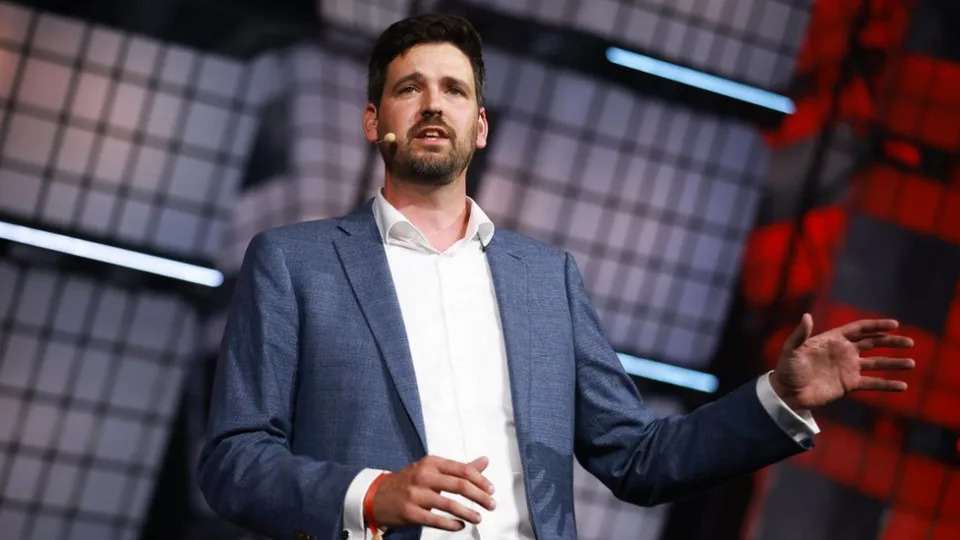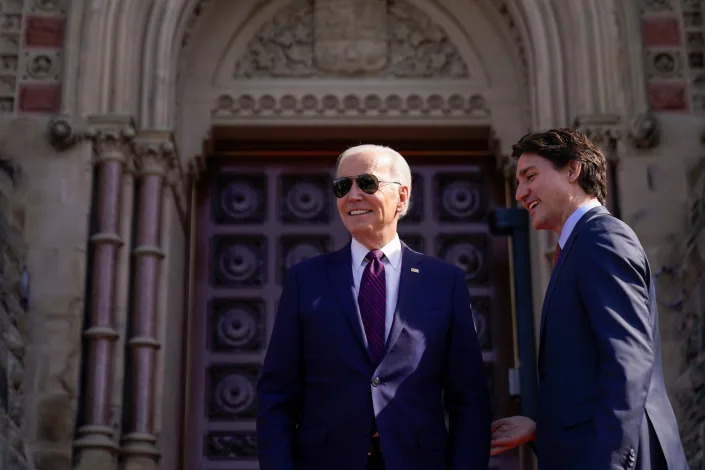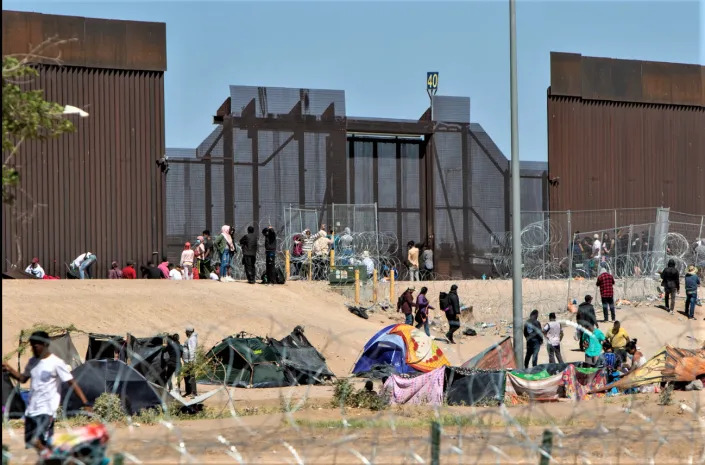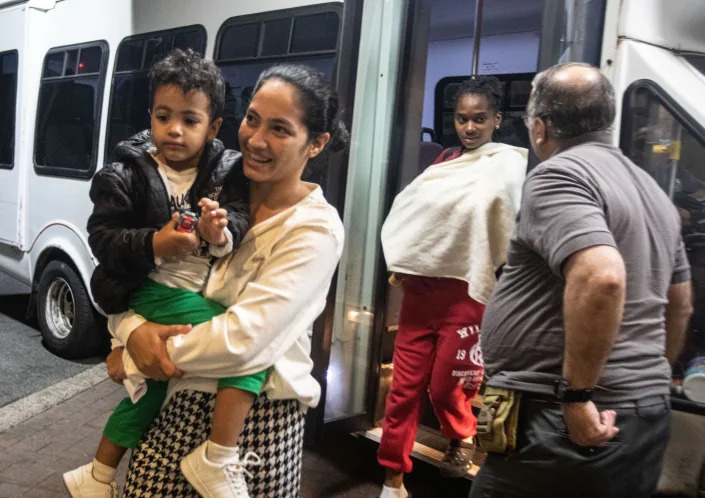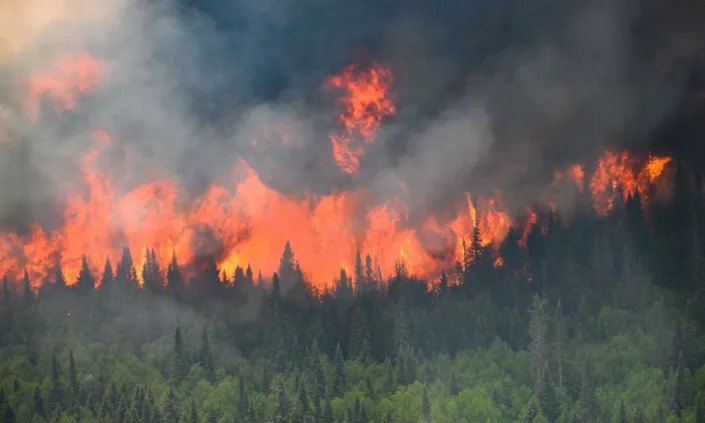Story by David Thurton • CBC - Thursday, July 20,2023
Scientists who have advised Ottawa's pesticide regulator say it could be exposing Canadians to chemicals at unsafe levels — and one has resigned from the agency, citing concerns about transparency.
Both researchers told CBC News they're calling for changes at Health Canada's Pest Management Regulatory Agency (PMRA). They say the agency relies on an "obsolete" system that could be allowing pesticides with worrisome impacts on nature and human health to remain in use.
"I am not 100 per cent confident that all the pesticides (that were approved), that they are all safe," said Valerie Langlois, a researcher and professor at the University of Quebec's National Institute of Scientific Research.
Langlois studies the impacts of pesticides and plastics on the health of fish, frogs and birds. She also co-chairs the PMRA's science advisory committee.
The federal government set up the committee in 2022 in response to pressure to reform the PMRA. Environmental groups had argued the agency was relying on outdated science and was being unduly influenced by the pesticide industry and food producers.
Health Canada defended the reputation of its pesticide regulator.
"(The) PMRA has a robust pesticide regulatory system, which is globally recognized. It takes its role as a regulator seriously and the pesticide review process used by the PMRA remains fully rooted in science," spokesman Mark Johnson said.
Regulator's scientific advisor resigns
Bruce Lanphear shares Langlois' views. Until June, Lanphear and Langlois co-chaired the PMRA's science advisory body.
Lanphear, a public health physician who studies fetal and early childhood exposure to environmental toxins at Simon Fraser University, said he became frustrated with how the regulator withheld information from the scientists on the committee. He resigned from the advisory panel in June and his resignation letter was shared widely by the non-profit Centre for Health Science and Law.
"I have little or no confidence that the scientific advisory committee can help PMRA become more transparent or assure that Canadians are protected from toxic pesticides," Lanpher wrote in that letter.
Speaking to CBC News, Lanphear said the regulator's methodology for assessing pesticides is "obsolete" because it relies on old assumptions that are no longer valid.
Among other things, he said, it assumes there are safe levels or thresholds for chemicals that increase the risk of cancer.
"What we now know for some of the most widely studied and widely disseminated chemicals, like lead … like asbestos, is that there aren't safe levels," Lanphear said. "And yet we continue to regulate chemicals as though there are."
"I don't have confidence because PMRA is relying on obsolete methods. They aren't being transparent on how they're regulating chemicals.
"Stuff that should have been banned ten years ago and only were slated for a full ban this year indicates we aren't keeping up the with the science."
Lanphear said studies show that chronic low-level exposure to harmful chemicals increases the risk of children being born premature and developing leukemia, and of autism-related behaviour and ADHD.
"What's at stake here is increased risk of various chronic conditions," he said.
Langlois sais she remains on the committee and is working with the regulator to help it reform.
Is industry controlling the regulator?
Lanphear and others worry the pesticides industry is exerting undue influence on Canada's pesticide regulator.
A group representing Canada's food producers, pesticide makers and plant biotech firms denies that suggestion.
"It's disappointing to see the former co-chair of the Pest Management Regulatory Agency's Scientific Advisory Committee making unfounded allegations about industry influence on the regulation of pesticides in Canada," said Crop Life CEO Pierre Petelle in a statement sent to CBC News.
"As an industry, we hold ourselves to the highest standards when it comes to the integrity of scientific data we provide to regulators around the world."

Bottles of Roundup herbicide, a product of Monsanto
(Jeff Roberson/Associated Press)
Radio Canada reported in 2021 that Health Canada proposed to increase the permitted amount of glyphosate that can be detected in food after manufacturers Bayer and Syngenta requested it. The outcry that followed prompted the government to bring independent scientists into the agency.
"What we are facing right now is a regulator that is heavily dominated by industry actors, especially chemical companies and pesticide user groups," said Laura Bowman, a lawyer with the environmental law group Ecojustice.
On Wednesday, Health Canada announced it has appointed a new co-chair for its science advisory committee to replace Lanphear.
Eric Liberda, a professor at the School of Occupational and Public Health at the Toronto Metropolitan University, will join Langlois in leading the independent advisory committee.
Despite agreeing with Lanphear's stance, Langlois said she is not leaving the committee because she believes change is still possible at the regulator.
"I would say that PMRA is changing for the good, and we, as the members of the committee, will make sure of it," Langlois said. "And if I am resigning too, it's because there is no action that are being taken."
She said she hopes to see changes at the regulator within the year.
Radio Canada reported in 2021 that Health Canada proposed to increase the permitted amount of glyphosate that can be detected in food after manufacturers Bayer and Syngenta requested it. The outcry that followed prompted the government to bring independent scientists into the agency.
"What we are facing right now is a regulator that is heavily dominated by industry actors, especially chemical companies and pesticide user groups," said Laura Bowman, a lawyer with the environmental law group Ecojustice.
On Wednesday, Health Canada announced it has appointed a new co-chair for its science advisory committee to replace Lanphear.
Eric Liberda, a professor at the School of Occupational and Public Health at the Toronto Metropolitan University, will join Langlois in leading the independent advisory committee.
Despite agreeing with Lanphear's stance, Langlois said she is not leaving the committee because she believes change is still possible at the regulator.
"I would say that PMRA is changing for the good, and we, as the members of the committee, will make sure of it," Langlois said. "And if I am resigning too, it's because there is no action that are being taken."
She said she hopes to see changes at the regulator within the year.

